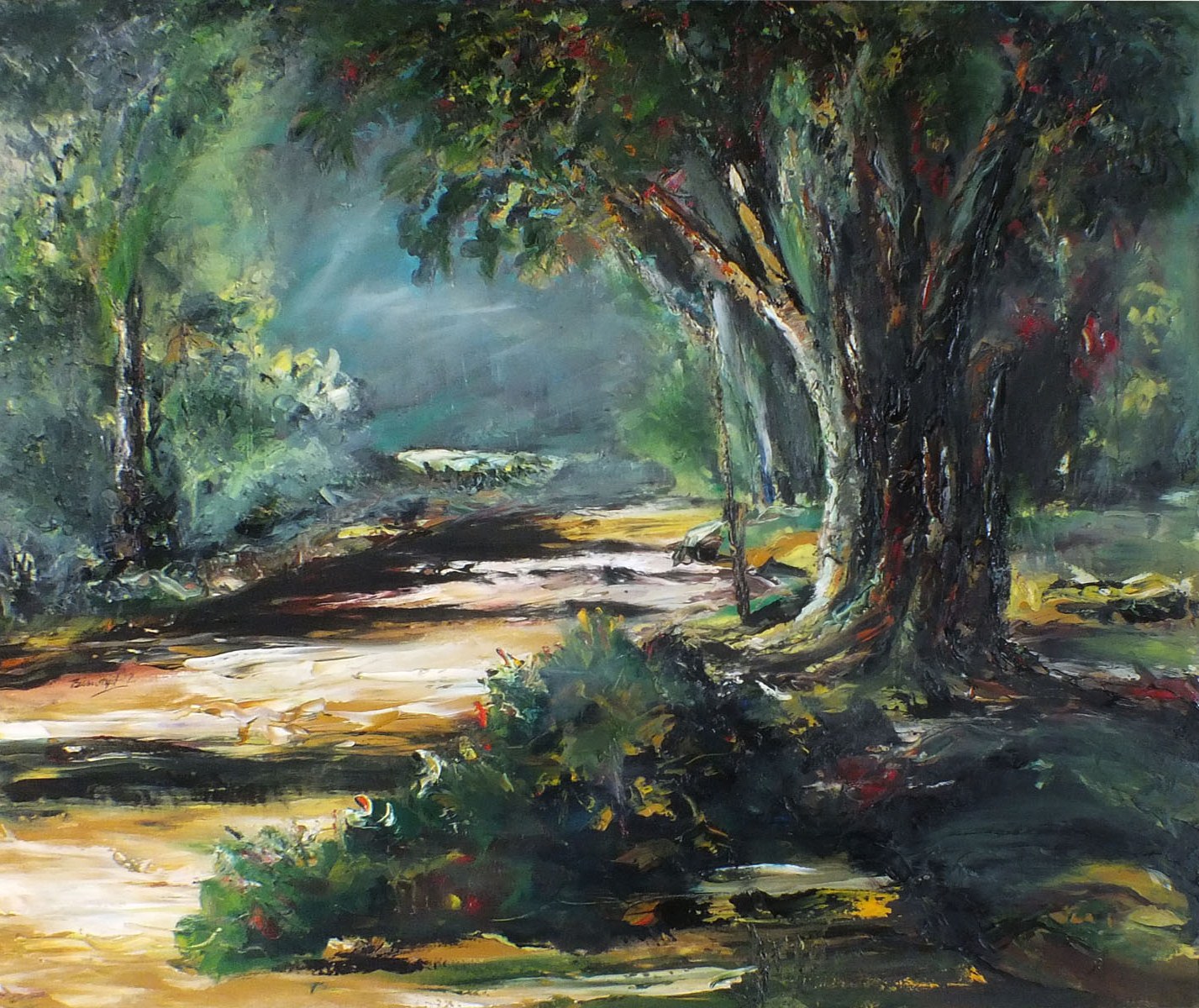
For decades, landscape paintings are considered as the distinct genre of art that captures nature in its most unpretentious arrangement. These paintings mainly reflect moon, sky, sun, river, sea, and trees on the canvas. Being one of the traditional and earliest art forms, still life paintings are known to touch the mind and heart of the art lovers.
The aestheticism, purity, and spontaneity of the landscape paintings have always been a visual treat to the eyes of the art lovers. The panorama of these natural paintings has timeless appeal, which has only grown with time. For generations, the artists have always drawn inspiration from these scenery paintings, representing unspoiled and wilderness beauties of the Mother Nature.
The word “landscape” mainly originated from the Dutch word ‘landschap’, which means arable land. Portraying natural vistas in a medley of light-dark color tones and lines is the untreated outcome of human beings’ pure inclination towards unadulterated world.
People in the early centuries with less urbanization and industrialization presented natural world in its absolute bounties. Most of the poets and landscape artists admired the environment, mountain terrains, trees, and plantations in their creations. Moreover, during the primitive civilizations, life was not so complicated. Enjoying living in its simplest forms was the central theme of most of the paintings.
Landscape painting, in its uncontaminated and most diverse facets, is an antiquated form that can be pragmatically observed in the rustic sceneries of the Medieval Roman period. These images gained fame with the arrival of Renaissance times. During this period nature was prominently portrayed and romanticized as spiritual and philosophical elements. A plethora of mythological and religious events dusting this era were exhibited through nature. Even though the religious tones were missing in this period, this artwork became more realistic and uniform over a period of time.
This art form further flourished in the 17th and 18th century with the breathtaking work of artists like Thomas Girtin, Watteau, and Gainsborough. Diverse movements like abstract expressionism, impressionism, etc. further influenced this painting and introduced new techniques and styles.
Today, landscape paintings are categorized in several classifications, such as skyscape paintings encompassing sky and clouds; moonscape paintings aesthetically representing the Moon; and riverscape & seascape paintings exhibiting rivers and seas. At present, the nature is more scientifically observed as painters furnish more importance to its hostile aspects. Hence, still life paintings with their aestheticisms and connotations are considered as a connoisseur's delight as well as a valued legacy of the art.





















